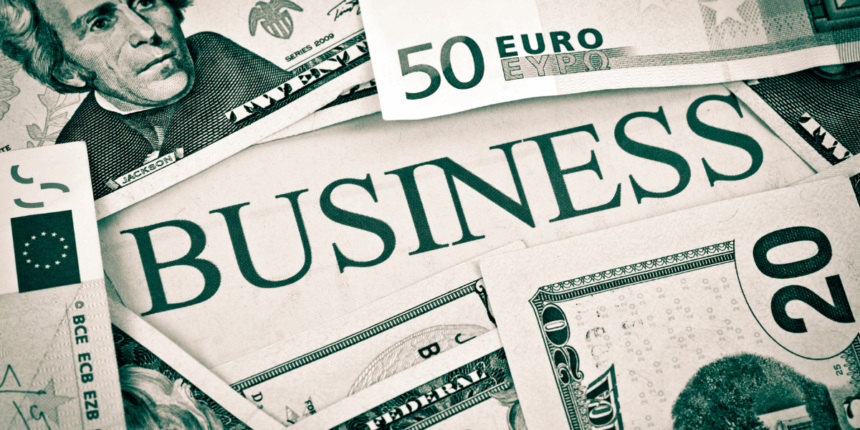In an environment where brand identity is critical, changes to a company’s logo can provoke strong reactions. Cracker Barrel, a nationwide restaurant chain, recently unveiled a new logo intended to modernize the brand’s image. The announcement initially drew enthusiasm, but the shift soon encountered negative reactions from customers, reflecting deep attachments to familiar branding. The company is now grappling with balancing modernization while preserving its traditional appeal.
In the past, Cracker Barrel’s branding, including its logo, remained relatively stable with a consistent focus on evoking a sense of nostalgia. A core aspect of their identity has been consistent, maintaining ties to Southern comfort food and a homey atmosphere. Though minor updates occurred over the years, substantial change in the logo is a rare move for the company. This recent redesign signifies a notable shift in brand strategy, provoking reactions from various stakeholders.
Why Did Cracker Barrel Change Its Logo?
The company initiated the redesign to reflect a modern image that appeals to a broader, possibly younger audience. Julie Masino, the CEO of Cracker Barrel, commented on the logo change, citing customer interest in modernized experiences across its locations. The redesign is part of a broader effort to connect with new diners and remain visually relevant across various platforms. Despite the intent, the feedback was mixed, uncovering tensions between contemporary branding and customer expectations.
What Was the Customer Reaction?
Backlash ensued from both loyal patrons and brand experts. Many argued that the logo’s modern elements diluted the company’s distinctive charm, which is rooted in nostalgia and tradition. Some customers expressed a sense of loss, fearing that essential values, such as those appearing unchanged in the new design, are no longer prominent. Criticism also came from industry insiders, who viewed the adjustment as potentially alienating the brand’s core audience.
Cracker Barrel responded to the uproar by acknowledging customer concerns, reinforcing their commitment to longstanding values.
“You’ve also shown us that we could’ve done a better job sharing who we are,”
noted the company’s statement, while reiterating that core elements like their cherished menu items remain unchanged. Ensuring consistency in values like “hard work, family, and scratch-cooked food,” the brand attempts to reconcile modern branding with traditional roots.
The revised logo is described by Cracker Barrel as a “call-back” to its origins, hinting at deeper ties with its heritage.
“Cracker Barrel has been a destination for comfort and community for more than half a century,”
stated the company. Emphasizing versatility across digital media and traditional signs, the intention was a sophisticated evolution rather than a complete departure.
Despite efforts to modernize, the controversy underlines the challenges companies face when modifying enduring brand symbols. Cracker Barrel’s approach highlights the tension between updating brand visuals to stay relevant and maintaining historical associations. Observers argue for a balanced strategy that embraces change while honoring the themes customers cherish.
For businesses like Cracker Barrel, navigating brand evolution amid customer loyalty is critical. While the new logo aimed to reflect a contemporary touch, it sparked a mixed response, urging the company to address identity concerns. The case offers insight into how brands manage evolution and continuity, emphasizing the importance of clarity and communication when altering iconic symbols.










